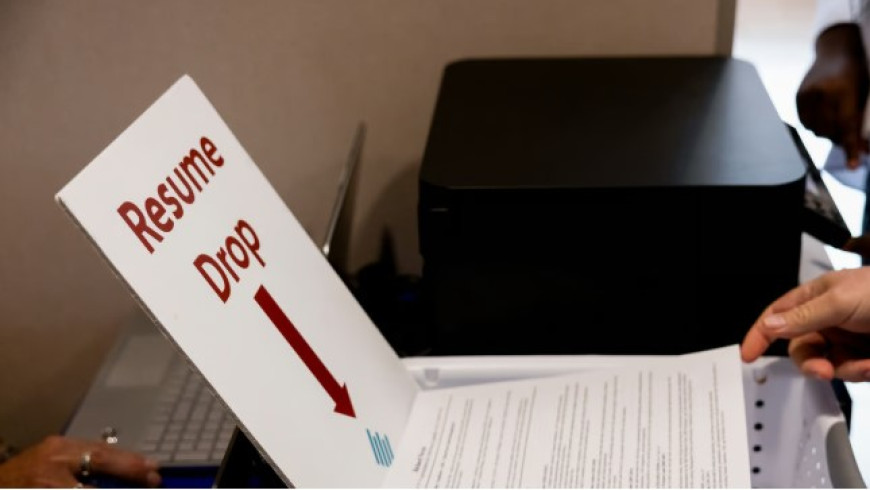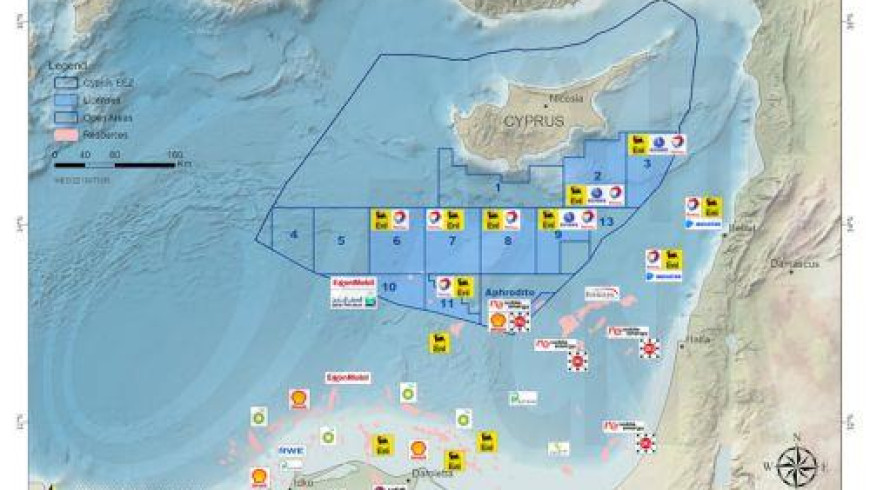
U.S. consumer prices logged an unexpectedly sharp rise in March as the cost of energy, clothing and lodging jumped, according to a government report on Wednesday suggesting long-dormant inflation may be rearing its head.
A separate report showed the U.S. trade gap narrowed in February as the weak dollar and stronger economic growth propelled both exports and imports to record levels.
The Labor Department's consumer price index, the most widely used gauge of U.S. inflation, rose 0.5 percent in March after a 0.3 percent increase in February.
The closely watched core CPI, which strips out often-volatile food and energy costs, surged 0.4 percent, the biggest increase in nearly 2-1/2 years.
Economists on Wall Street had looked for a 0.3 percent rise in the CPI, with core prices up just 0.2 percent.
The report added to growing concerns that a long period of historically low interest rates could be drawing to a close.
Expectations that the Federal Reserve could raise interest rates from 1958 lows sooner than had been thought pushed Treasury bond yields to their highest level this year and boosted the dollar.
"It looks as though core inflation is back," said John Lonski, chief economist at Moody's Investors Service in New York. "We have the core CPI now growing at an average monthly rate of roughly 0.3 percent thus far in 2004. That adds up to a rate hike happening sooner rather than later."
Mounting signs of economic strength had already prompted many on Wall Street to push forward expectations of when the Fed could bump up rates and some economists said the inflation reading meant the central bank could move as soon as June.
The Fed has held overnight rates at 1 percent since June last year and has vowed to exercise patience in determining when to raise them.
Over the past 12 months, core prices have risen 1.6 percent, the biggest 12-month gain since the period ending last May and a sharp pick-up from the tame 1.2 percent increase posted through February.
The underlying inflation rate has now moved up for two straight months after apparently hitting bottom at a 38-year low of 1.1 percent.
TRADE
In the trade report, the Commerce Department said the February trade gap was $42.1 billion, down more than 3 percent from January and slightly below analysts' expectations.
U.S. exports leapt 4 percent -- the biggest monthly increase since October 1996 -- to a record $92.4 billion, while imports rose 1.6 percent to a record $134.5 billion.
The politically sensitive trade gap with China fell nearly 28 percent in February as imports from that country slipped to $11.3 billion, the lowest level in nearly a year, and exports to China rose 17 percent to $3.0 billion.
The lower dollar appeared to help all export categories, as shipments of industrial supplies and materials and autos and auto parts both set records. Exports of consumer goods were only slightly below the record set in November and exports of capital goods, such as aircraft and industrial machines, were the highest since May 2001.
Exports of services, including travel, also set a record.
Meanwhile, the surging U.S. economy sucked in record agricultural and industrial imports.
However, oil imports fell to their lowest level since February 2003, while average oil prices rose for the fourth consecutive month to $29.17 per barrel.
FALLING BEHIND
A third report showed worker wages were not keeping up with the quickened pace of inflation. The Labor Department said real average weekly earnings fell 0.7 percent in March and were essentially unchanged over the past 12 months.
The CPI report said energy prices rose a steep 1.9 percent last month, building on a string of hefty gains.
The department said the acceleration in core prices in March from February's 0.2 percent rise was due to upturns in the cost of lodging away from home and apparel.
Clothing prices climbed 0.9 percent after four consecutive monthly drops, while lodging costs climbed 3.8 percent after a big drop in February.
Separately, the Mortgage Bankers Association said new U.S. mortgage applications fell last week for the fourth straight week as demand for loan refinancings dropped sharply.
A separate report showed the U.S. trade gap narrowed in February as the weak dollar and stronger economic growth propelled both exports and imports to record levels.
The Labor Department's consumer price index, the most widely used gauge of U.S. inflation, rose 0.5 percent in March after a 0.3 percent increase in February.
The closely watched core CPI, which strips out often-volatile food and energy costs, surged 0.4 percent, the biggest increase in nearly 2-1/2 years.
Economists on Wall Street had looked for a 0.3 percent rise in the CPI, with core prices up just 0.2 percent.
The report added to growing concerns that a long period of historically low interest rates could be drawing to a close.
Expectations that the Federal Reserve could raise interest rates from 1958 lows sooner than had been thought pushed Treasury bond yields to their highest level this year and boosted the dollar.
"It looks as though core inflation is back," said John Lonski, chief economist at Moody's Investors Service in New York. "We have the core CPI now growing at an average monthly rate of roughly 0.3 percent thus far in 2004. That adds up to a rate hike happening sooner rather than later."
Mounting signs of economic strength had already prompted many on Wall Street to push forward expectations of when the Fed could bump up rates and some economists said the inflation reading meant the central bank could move as soon as June.
The Fed has held overnight rates at 1 percent since June last year and has vowed to exercise patience in determining when to raise them.
Over the past 12 months, core prices have risen 1.6 percent, the biggest 12-month gain since the period ending last May and a sharp pick-up from the tame 1.2 percent increase posted through February.
The underlying inflation rate has now moved up for two straight months after apparently hitting bottom at a 38-year low of 1.1 percent.
TRADE
In the trade report, the Commerce Department said the February trade gap was $42.1 billion, down more than 3 percent from January and slightly below analysts' expectations.
U.S. exports leapt 4 percent -- the biggest monthly increase since October 1996 -- to a record $92.4 billion, while imports rose 1.6 percent to a record $134.5 billion.
The politically sensitive trade gap with China fell nearly 28 percent in February as imports from that country slipped to $11.3 billion, the lowest level in nearly a year, and exports to China rose 17 percent to $3.0 billion.
The lower dollar appeared to help all export categories, as shipments of industrial supplies and materials and autos and auto parts both set records. Exports of consumer goods were only slightly below the record set in November and exports of capital goods, such as aircraft and industrial machines, were the highest since May 2001.
Exports of services, including travel, also set a record.
Meanwhile, the surging U.S. economy sucked in record agricultural and industrial imports.
However, oil imports fell to their lowest level since February 2003, while average oil prices rose for the fourth consecutive month to $29.17 per barrel.
FALLING BEHIND
A third report showed worker wages were not keeping up with the quickened pace of inflation. The Labor Department said real average weekly earnings fell 0.7 percent in March and were essentially unchanged over the past 12 months.
The CPI report said energy prices rose a steep 1.9 percent last month, building on a string of hefty gains.
The department said the acceleration in core prices in March from February's 0.2 percent rise was due to upturns in the cost of lodging away from home and apparel.
Clothing prices climbed 0.9 percent after four consecutive monthly drops, while lodging costs climbed 3.8 percent after a big drop in February.
Separately, the Mortgage Bankers Association said new U.S. mortgage applications fell last week for the fourth straight week as demand for loan refinancings dropped sharply.














 3287.99
3287.99 1275.09
1275.09
